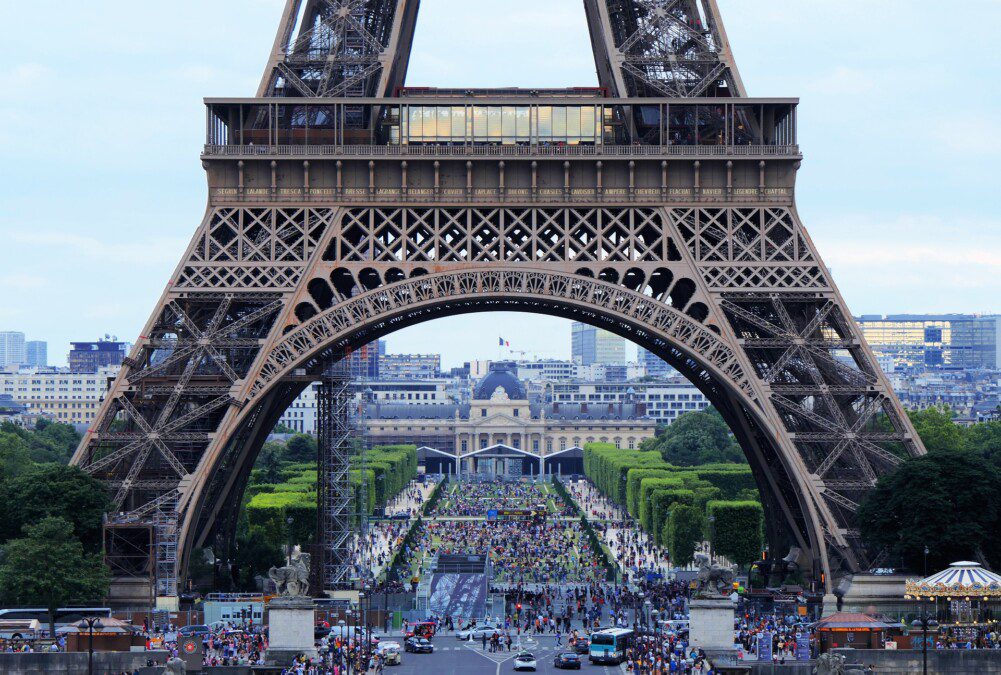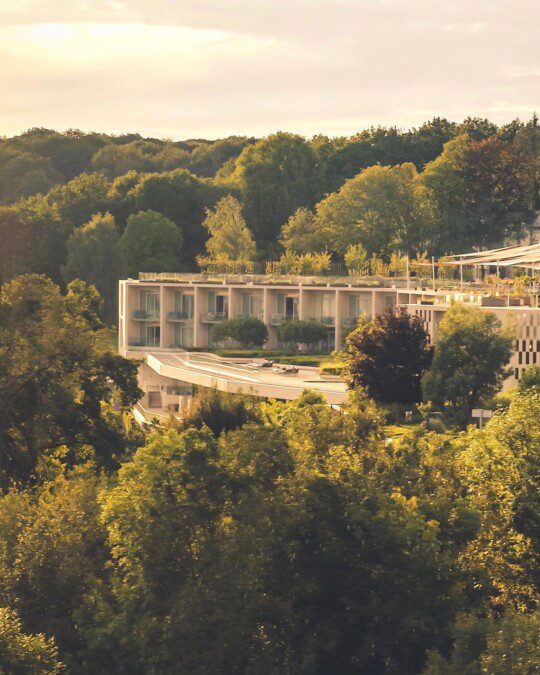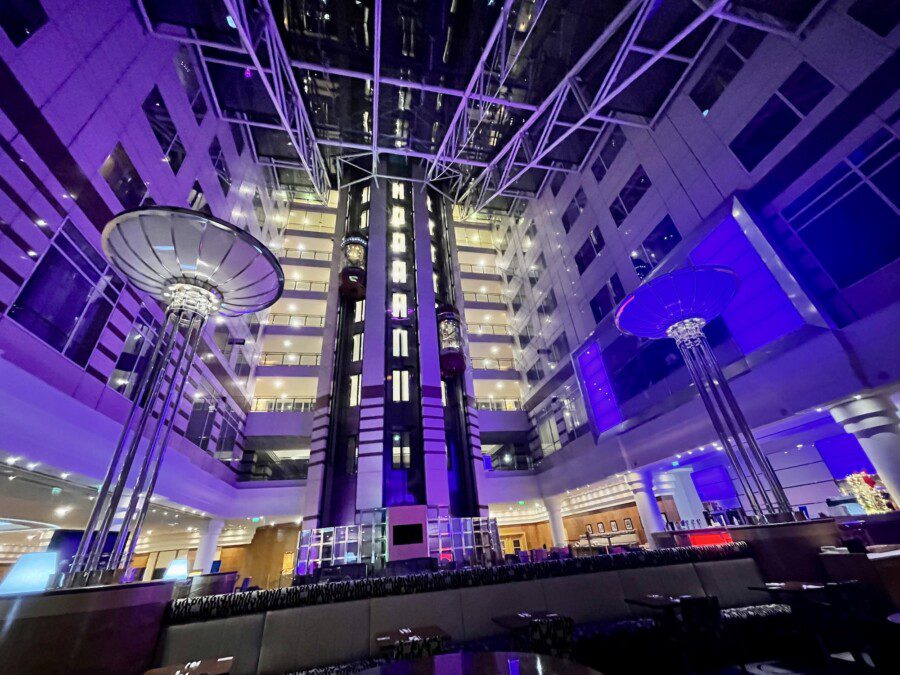Goodbye to cars in central Paris: what will happen from 2024
Paris, like all great metropolises in the world, is constantly evolving. The new radical change announced by Mayor Anne [...]
Paris, like all major metropolises in the world, is constantly evolving. The radical new change announced by the mayor Anne Hidalgo concerns the problem of city congestion due to traffic. Downtown can become a living hell, especially at certain times of the year. As much as the return of tourism is a godsend after two years marred by Covid, the focus should be on making the heart of the capital as livable as possible, especially for residents.
In this article:
As of 2024, therefore, measures will be in place to regulate car transit in the first four arrondissements (districts), as well as parts of the fifth, sixth and seventh. This does not mean that there will be a total farewell to cars. Numerous exceptions in this limited traffic zone.
Paris banned from cars, what to know
Mayor Anne Hidalgo's initial goal was to implement this road regulation plan by 2022. But the date has been postponed for two years, so as to allow for a public survey and, more importantly, a thorough study of what the impact on the city may be as a result of such a major intervention.
How will it be possible to access the heart of Paris? Of course, pedestrians will be able to move freely. The same goes for cyclists. Free movement for public transportation and certain types of motorists. The municipality aims for a very specific type of traffic, consisting only of people who need to reach a destination in the central area. In addition to residents, merchants and artisans with businesses in the area will be able to circulate, as well as people with reduced mobility and anyone who needs to go to stores, museums or other activities in the center.
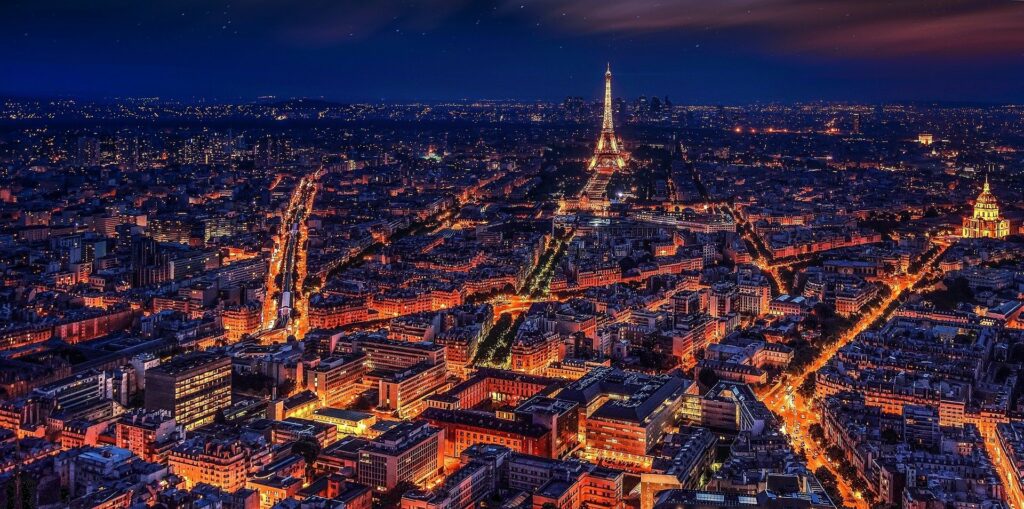
Pixabay
Moving to Paris, what changes
The real enemy is the transit traffic. This is evident from the policy that the City of Paris intends to implement starting in 2024. It refers mainly to locals, rather than tourists, who mainly take advantage of the subway and buses to travel far and wide.
Driving through the center to reach different arrondissements creates gigantic congestion, lowering the level of quality of life in areas most filled with tourist attractions. The municipality believes there are a variety of alternatives to car use. Studies have been conducted on this and the data are surprising.
It seems that only the 30% of those who pass through this area should absolutely take advantage of the car in order to complete one's journey. There is a 70% who could do without, but opts for the car solely for convenience. It is to them that we will turn to improve the traffic flow and the quality of air breathed downtown.
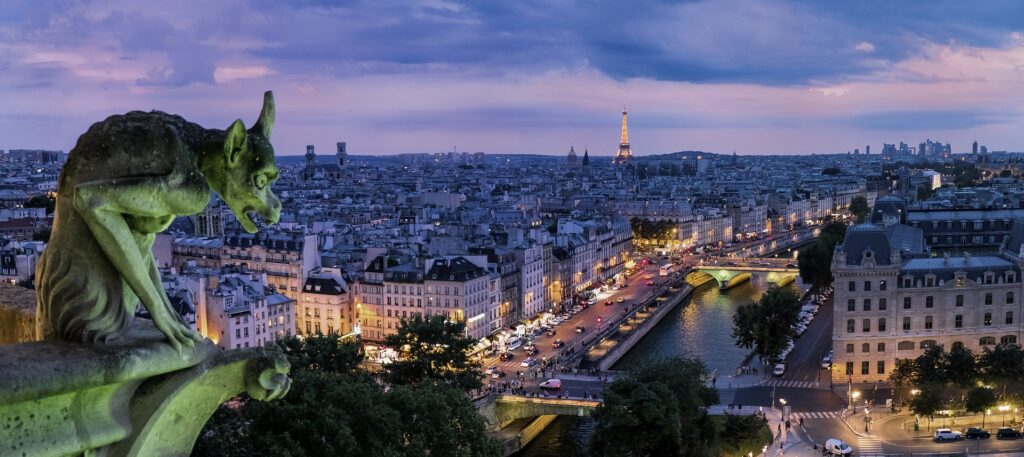
Pixabay
Looking forward, it will go a long way toward striking a blow to air and noise pollution by giving such spaces back to pedestrians, cyclists and public transportation. Considering how it is intended to allow access to anyone who needs to go to one of the area's many businesses, how will the plan be made effective? There will be random checks by police stationed at the exit from the designated area. The livability of Paris for locals and tourists is a crucial part of the agenda of Hidalgo, who was reelected in 2020. In fact, during her terms in office, she has reduced the speed limit from 50 to 30 mph and plans to deal a serious blow to parking spaces, precisely to encourage the use of bicycles and public transportation, as well as one's own feet.
- 6,000 Mile Registration Bonus
- Collect miles WITH EACH PURCHASE
- Your miles with no expiration*
- No fees for ATM withdrawals and foreign purchases
- Without having to change banks
- Autonomous card activation
- Multi-function mobile application
- Free travel insurance
- Free credit for up to 7 weeks
- Contactless Payment
- Mastercard® SecureCode

